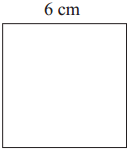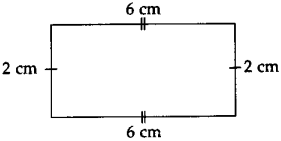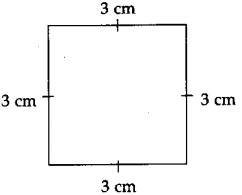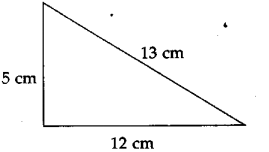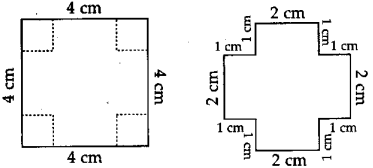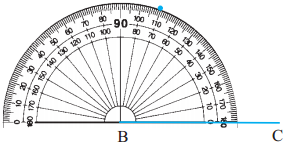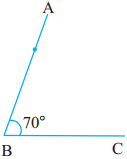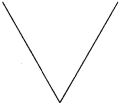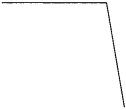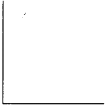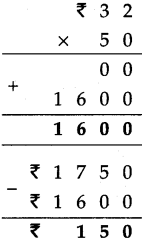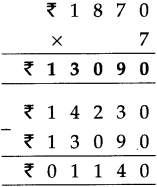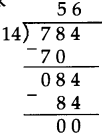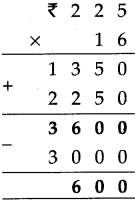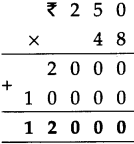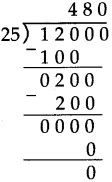Fractions Class 5 Problem Set 19 Question Answer Maharashtra Board
Balbharti Maharashtra Board Class 5 Maths Solutions Chapter 5 Fractions Problem Set 19 Textbook Exercise Important Questions and Answers.
Std 5 Maths Chapter 5 Fractions
Write the proper symbol from < , > , or = in the box.

Answer:
=
![]()

Answer:
>
![]()
Answer:
<
![]()
Answer:
=
![]()
Answer:
>
![]()
Answer:
>
![]()
![]()
Answer:
>

Answer:
>

Answer:
>
![]()
Answer:
>
![]()
Answer:
=
![]()
![]()
Answer:
=

Answer:
>
![]()
Answer:
>
![]()
Answer:
<
![]()
Answer:
>
Addition of like fractions
Example (1) 3/7 + 2/7 = ?
Let us divide a strip into 7 equal parts. We shall colour 3 parts with one colour and 2 parts with another.
The part with one colour is 3/7, and that with the other colour is 2/7.
The total coloured part is shown by the fraction 5/7.
It means that, \(\frac{3}{7}+\frac{2}{7}=\frac{3+2}{7}=\frac{5}{7}\)
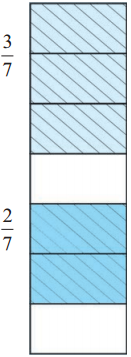
![]()
Example (2) Add : \(\frac{3}{8}+\frac{2}{8}+\frac{1}{8}\)
The total coloured part is \(\frac{3}{8}+\frac{2}{8}+\frac{1}{8}=\frac{3+2+1}{8}=\frac{6}{8}\)
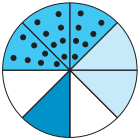
When adding like fractions, we add the numerators of the two fractions and write the denominator as it is.
Example (3) Add : 2/6 + 4/6 \(\frac{2}{6}+\frac{4}{6}=\frac{2+4}{6}=\frac{6}{6}\)
However, we know that 6/6 means that all 6 of the 6 equal parts are taken. That is, 1 whole figure is taken. Therefore, 6/6 = 1.
Note that:
If the numerator and denominator of a fraction are equal, the fraction is equal to one.
That is why, \(\frac{7}{7}=1 ; \frac{10}{10}=1 ; \frac{2}{5}+\frac{3}{5}=\frac{2+3}{5}=\frac{5}{5}=1\)
Remember that, if we do not divide a figure into parts, but keep it whole, it can also be written as 1.
This tells us that \(1=\frac{1}{1}=\frac{2}{2}=\frac{3}{3}\) and so on.
You also know that if the numerator and denominator of a fraction have a common divisor, then the fraction obtained by dividing them by that divisor is equivalent to the given fraction.
\(\frac{5}{5}=\frac{5 \div 5}{5 \div 5}=\frac{1}{1}=1\)
![]()
Fractions Problem Set 19 Additional Important Questions and Answers
Question 1.
![]()
Answer:
>
Question 2.
![]()
Answer:
=
Maharashtra Board Class 5 Maths Solutions
- Fractions Problem Set 17 Class 5 Maths Solutions
- Fractions Problem Set 18 Class 5 Maths Solutions
- Fractions Problem Set 19 Class 5 Maths Solutions
- Fractions Problem Set 20 Class 5 Maths Solutions
- Fractions Problem Set 21 Class 5 Maths Solutions
- Fractions Problem Set 22 Class 5 Maths Solutions
- Fractions Problem Set 23 Class 5 Maths Solutions
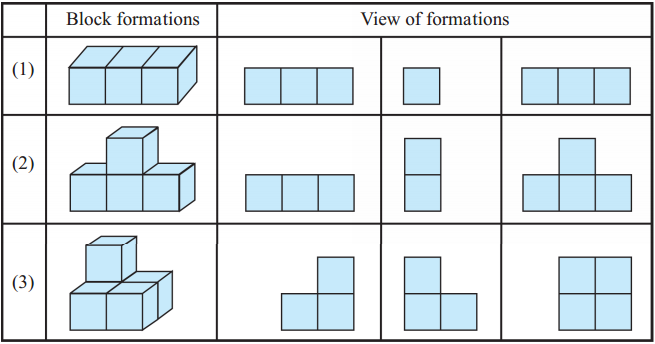
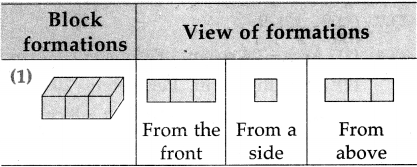
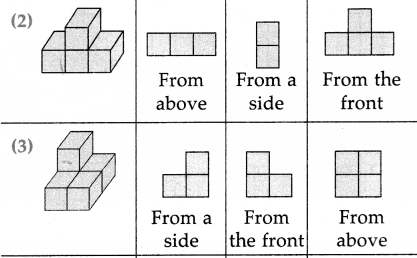
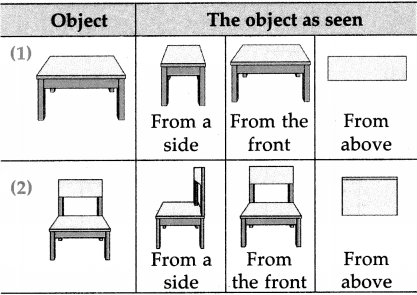
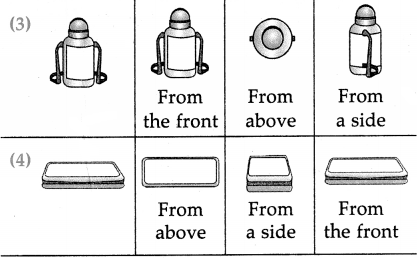
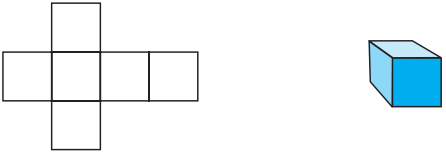


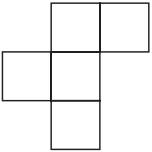


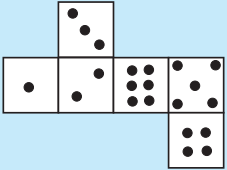

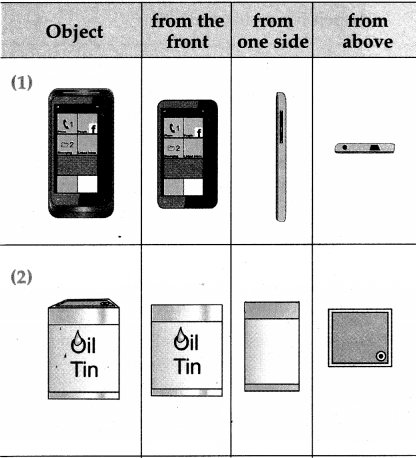
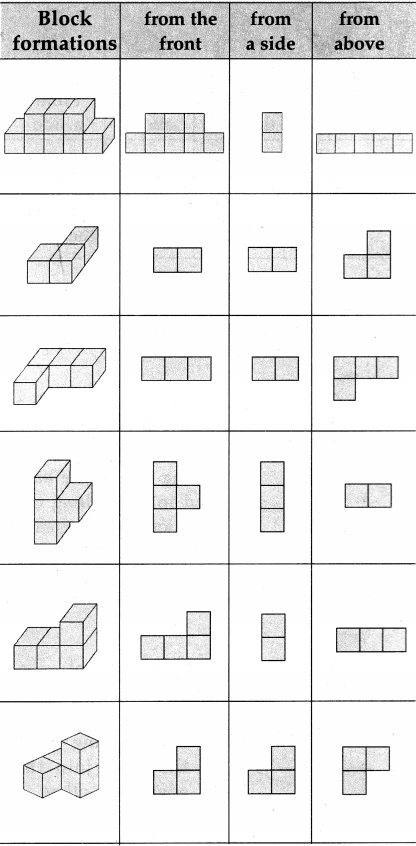
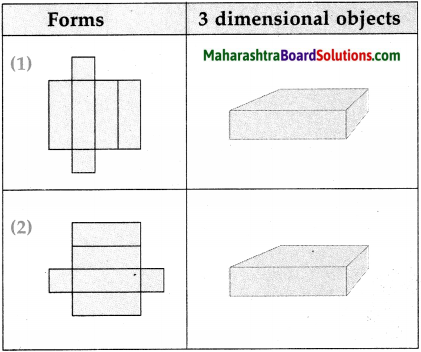
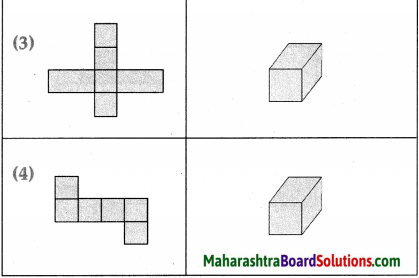



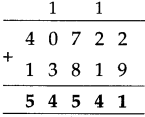

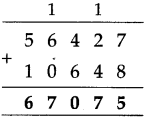

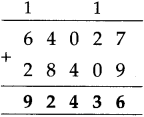

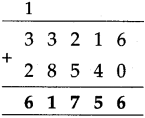
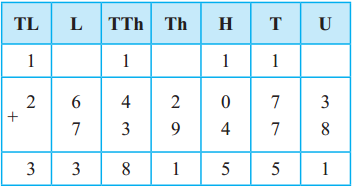
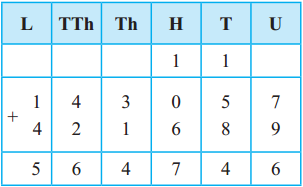
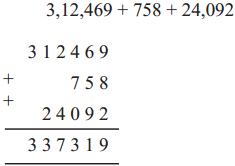
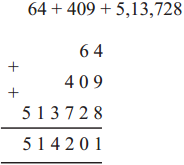
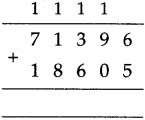
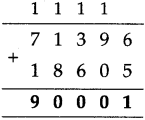

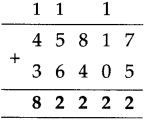
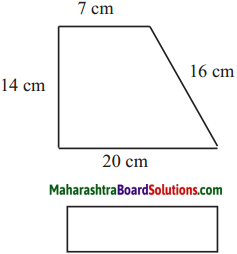
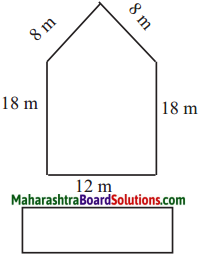
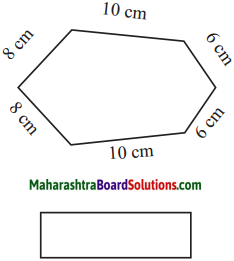
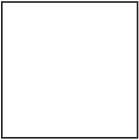
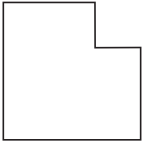
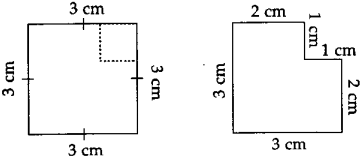
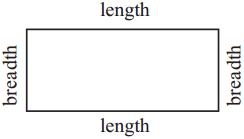
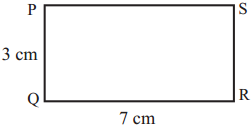
 The lengths of all the sides of a square are equal. Therefore, the perimeter of a square = four times the length of one of its sides.
The lengths of all the sides of a square are equal. Therefore, the perimeter of a square = four times the length of one of its sides.